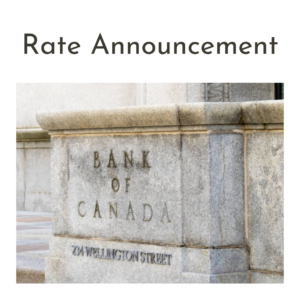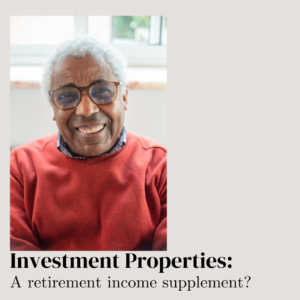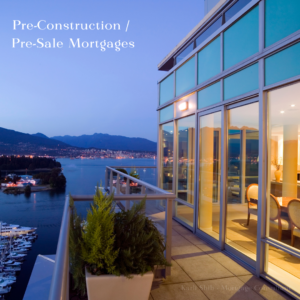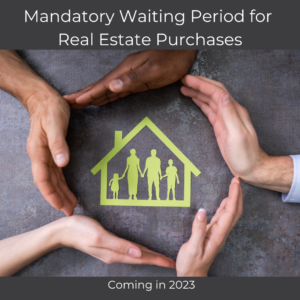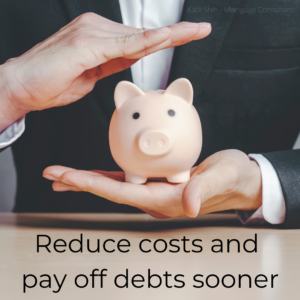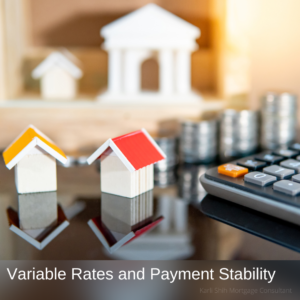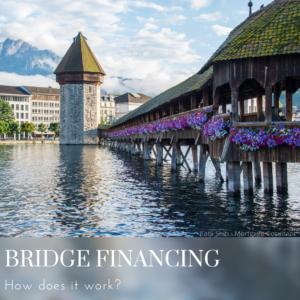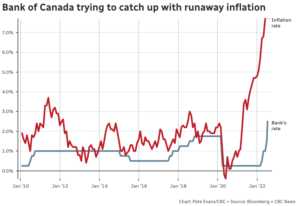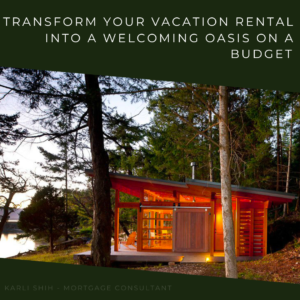
Transform your vacation rental into a welcoming oasis, on a budget.
Are you dreaming of buying a vacation rental property, have just bought one, or are strongly considering it? If so, your mind is probably abuzz with design ideas and thoughtful touches you could add to the home.
In order to make a rental property into a viable business, you need to set a reasonable budget and stick to it. And everything in the home should be geared towards rental guests. Some elements may not align with how you would design and furnish your own home, but what matters is that it appeals to guests. Keep in mind that as a rental, it has to be able withstand wear and tear, and items should be reparable or replaceable.
Consider learning about who stays in the area, what they value, and how you can tie that in with the character of the home to create a great experience. For example, if guests are typically groups of women between the ages of 25-40 who come to tour wineries and enjoy Instagram-worthy décor, keep that in mind when highlighting and enhancing the natural charm of your property in a way that might suit such a group.
To furnish your vacation rental without sacrificing comfort or experience, there are many different tactics you can employ.
First and foremost, ensure that everything you bring into the home can reasonably be maintained. That means, don’t plant rose bushes if you can’t trim them, don’t bring in a white shag carpet if you won’t be there to vacuum it every day. As a guest, you want to arrive at a home that’s clean and well taken care of.
Re-use, re-purpose, and be thrifty. Everything you bring into the space doesn’t have to be shiny and new. Thrift stores, grandparents’ basements and garage sales can be full of treasures like antique books, frames, artwork, lamps or other accents. Clean them up and paint them, if needed. Placing out a few selectively chosen antiques can add uniqueness and visual interest to the room. For simple items like frames that can easily be painted, it can save you a bundle on decor.
Remove any personal items from the home, such as family photos, paperwork, storage bins, clothing, etc. Leaving these items around will make guests feel like they are intruding on someone else’s personal space; it doesn’t feel like a getaway. That’s not to say that you can’t add personal touches. Keep in mind that personal touches tell a story and are different than personal items.
You can also add homey touches before guests arrive, like a bottle of wine (is there a brand or product that your area is known for?), a hand-written card, a bag of coffee, some toiletries, etc. These thoughtful extra-somethings make the guests feel welcome and valued.
Consider guests’ comfort as they use the house. Ensure the linens are plentiful. That includes towels, hand towels, sheets, blankets, pillows, etc. They don’t have to be pricey linens, IKEA or Costco works just fine. Everyone has their own way of getting comfy on the couch or in bed. Some guests may only want one pillow, while others may want three. Have extras available in a linen closet or shelving area so that they can freely use what they need.
Spills and messes happen, kids may wet the bed, or someone might want to take a nap on the couch, so a few extra blankets, towels, sheets, and pillows will be greatly appreciated. Aim to make the experience as smooth and comfortable as possible.
In addition to comfort, make it as easy as possible too. Provide a house manual detailing everything they need to know about check-in, check-out, info about the home and the area, if certain things are not allowed, how to contact the host, etc. Put helpful labels or markers on closets or storage areas that house extra bedding, kitchen supplies, recycling bins, etc. The goal should be to provide your guests with all the handrails they need to have a fantastic and streamlined experience, without having to call you to ask anything.
Finally, create a statement somewhere in your home that stands out and is memorable. It could be artwork, a wall decal, or mural that your guests want to take pictures of. It could be a really fabulous gallery wall (showcasing all those thrift store frames) that displays your interests and tells a story. Or maybe it’s a stylish and comfy room with plush couches, lots of pillows, blankets, and interesting books.
If you were staying at a vacation rental, imagine what details you would appreciate or want to take a picture of. What type of spaces would you be drawn to relax and unwind in? In my home, I created a room for ultimate relaxation and comfort; it has large, plush couches, tons of pillows, movable coffee tables, and a curtain that runs along the length of the doorway so that you can block out the action happening in the rest of the house. Guests are always drawn to this area because it’s a cozy place to read, hang out or watch a movie.
No matter what your budget is, you can turn your vacation rental into a welcoming oasis that will make guests feel comfortable and valued, and give them a fabulous experience.

